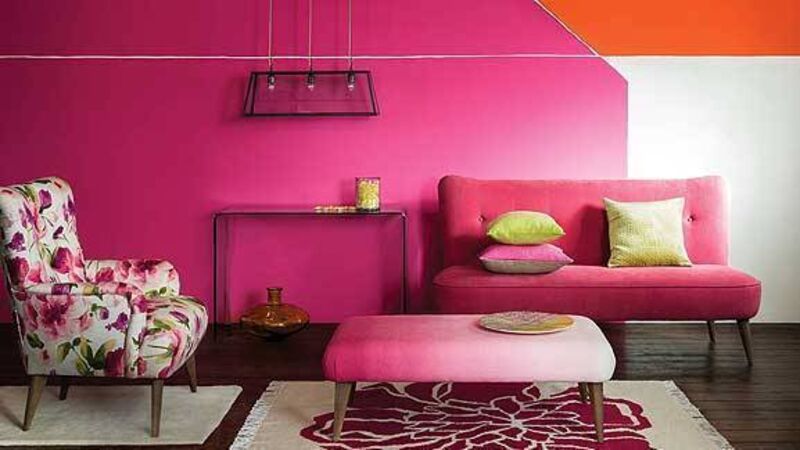Love the house you’re in with some clever improvements

Does anyone remember Stanley Kubrick’s Overreach Hotel in The Shining? Those luridly carpeted corridors making a long queasy reach to some distant spectre. To add to the canyon of misery, corridors tend to be windowless, poked with a feeble beam of light from a staircase. Many architects now work around these grim conduits with a wall of glass on one side displaying a courtyard or adjoining rooms.











